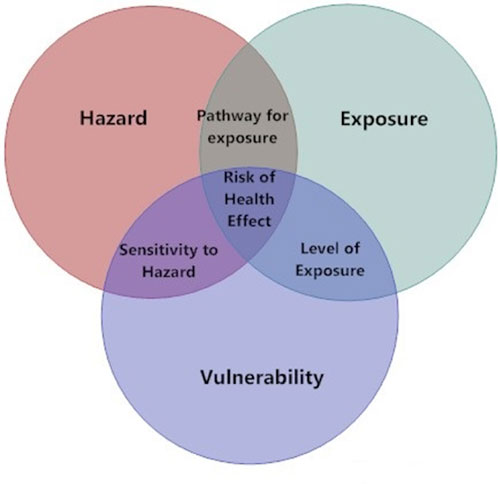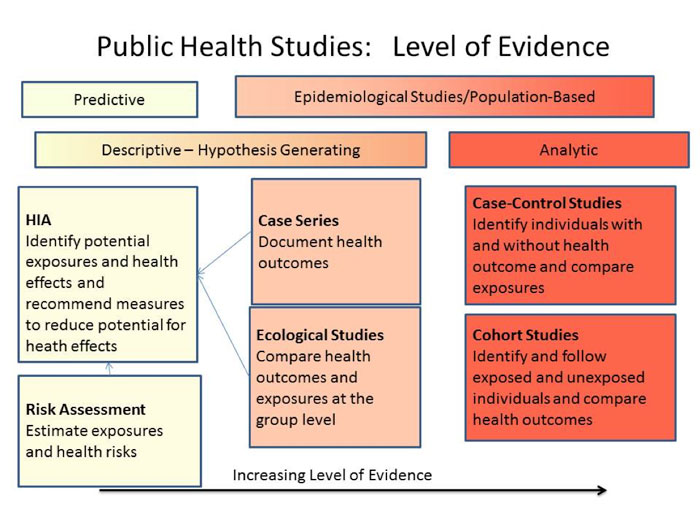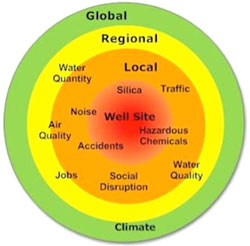| University of Colorado at Boulder | ||||||
 |
||||||
|
The World Health Organization (WHO) describes public health as all organized measures to prevent disease, promote health, and prolong life among the population as a whole. Public health activities aim to provide conditions in which people can be healthy. These activities focus on entire populations, not on individual patients or diseases. Two main functions of public health are especially relevant when considering the health effects that may be associated with oil and gas development:
Public health professionals specializing in environmental health and occupational health study the health effects of upstream oil and gas development on workers and communities. Environmental health professionals monitor and assess communities for environmental hazards, exposures, and health effects that may include indicators of physical, mental, and social health. Similarly, occupational health professionals monitor and assess working populations for hazards, exposures and indicators of health in the work place. This information can then be used to inform public policies aimed at minimizing the potential health risks for workers and communities. Figure 1: Components of Health Risk
As shown in Figure 1, whether or not an environmental stressor poses a risk to public health depends on the hazard(s), the exposure, and the vulnerability of the affected population(s). A hazard is anything in an environment with the potential to harm human health, and an exposure is the contact between the hazard and workers or nearby community populations. In this context vulnerability is susceptibility in worker or community populations due to work practices, age, genetics or other factors.
Figure 2: Public Health
Public health is an observational science, and environmental and occupational health professionals use a variety of approaches to determine if environmental stressors are associated with preventable health effects (Figure 2). Predictive study designs estimate future potential effects, while epidemiological studies look at specific populations though either descriptive or analytic designs. For example, public health scientists conduct health impact assessments (HIAs) risk assessments to identify hazards and potential exposures that can affect a population’s health. Descriptive epidemiological studies, such as case series and ecological studies, describe and document specific health conditions that have been observed in specific populations where there is the potential for exposure to hazards. These predictive and descriptive epidemiological studies are very useful for determining the weight of evidence that a potential environmental hazard will likely cause health effects in workers or communities and to help design larger, more rigorous studies. They cannot, however, demonstrate causal links in most cases: they can only show that an exposure preceded a health outcome. Predictive and descriptive studies can provide part of the weight of evidence that a causal link between environmental hazards and a health outcome may exist. The strongest scientific evidence for causality comes from analytic case-control or cohort studies, which are designed to show whether or not individuals exposed to an environmental hazard are more likely to have a health effect than individuals who were not exposed to the environmental hazard. These sorts of studies often take years to develop and perform, so developing a strong evidence base for a link between an exposure and disease in humans is a slow process
|
||||||


 Public Health Hazards
Public Health Hazards Exposure
Exposure Best Management Practices
Best Management Practices Resources for Communities
Resources for Communities